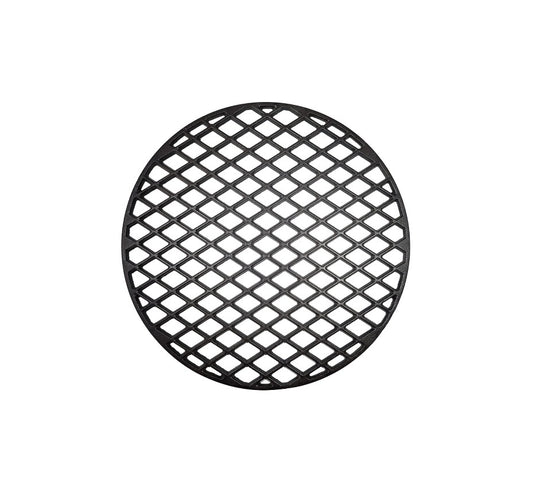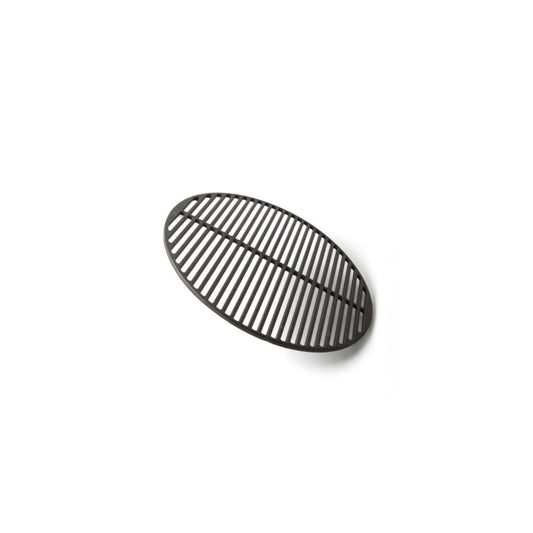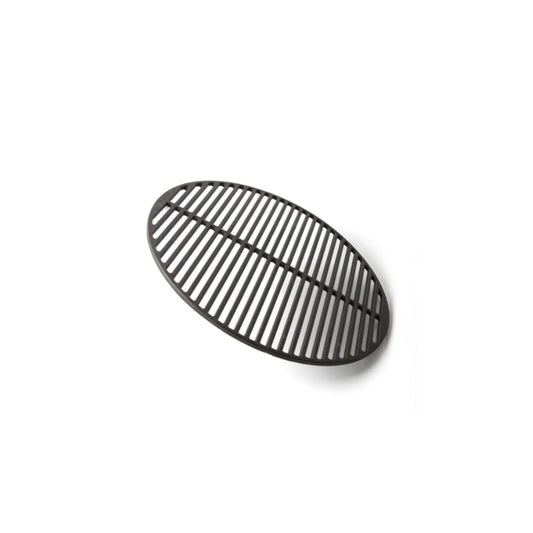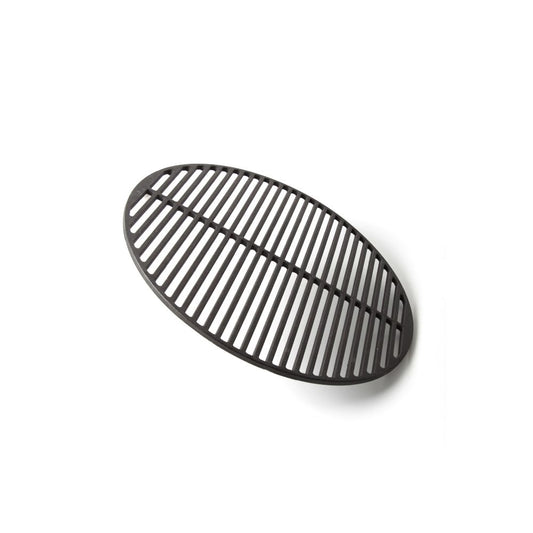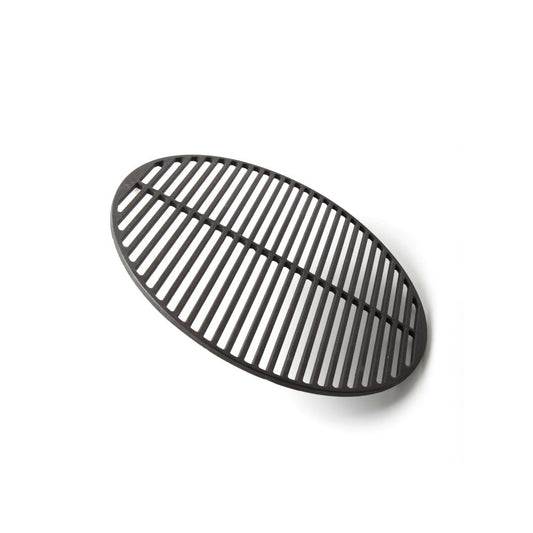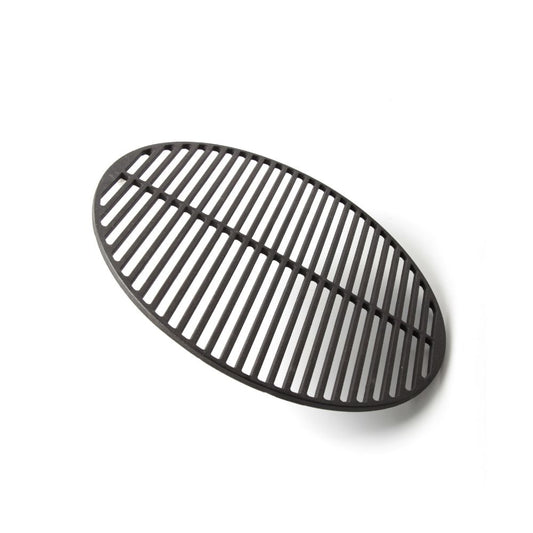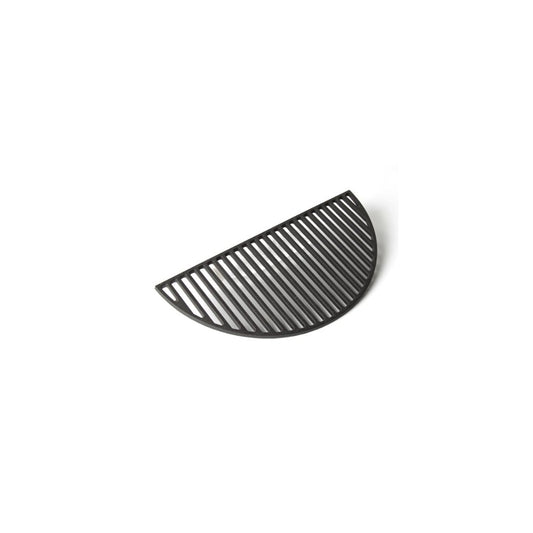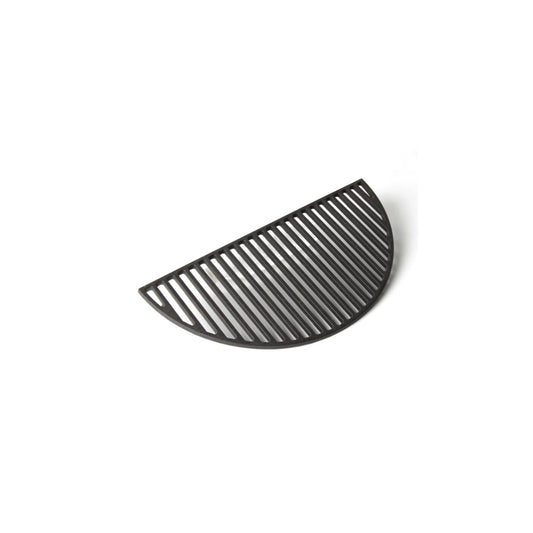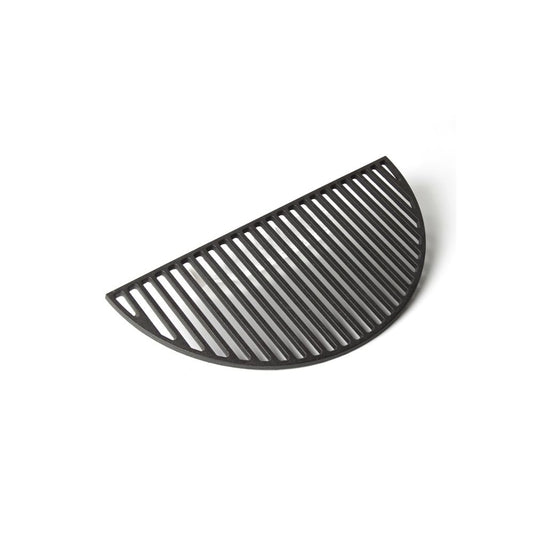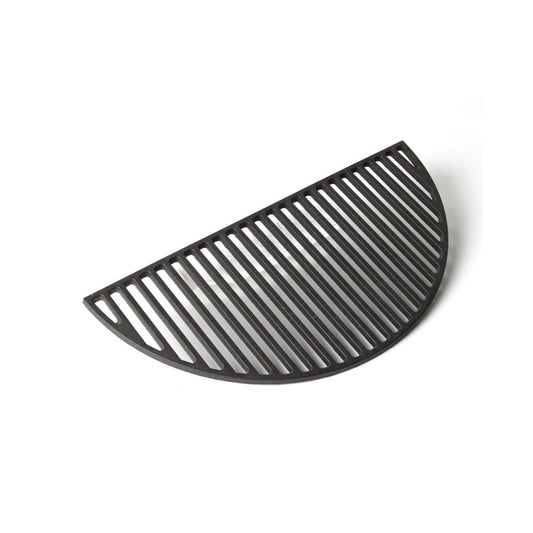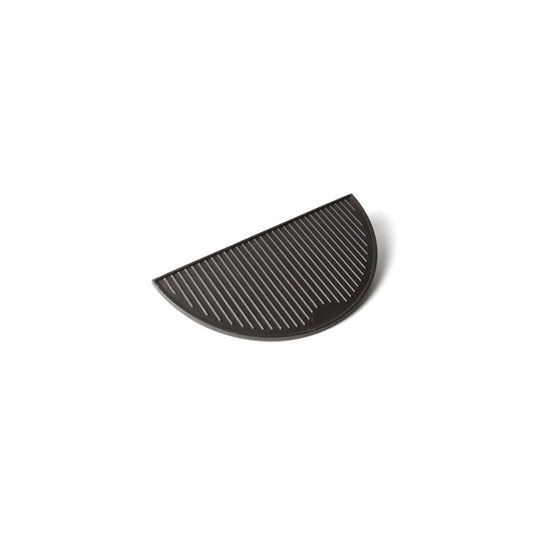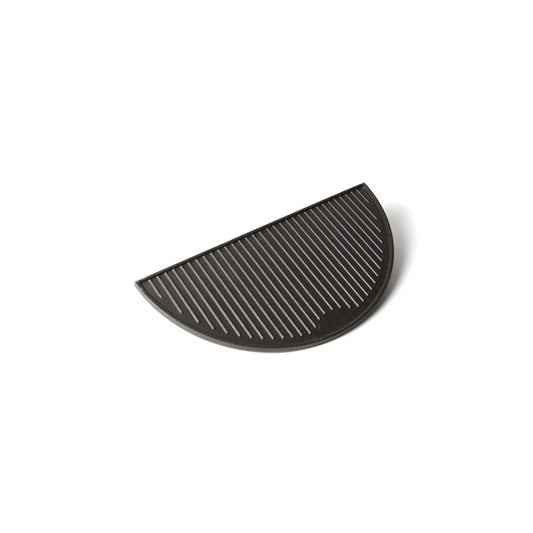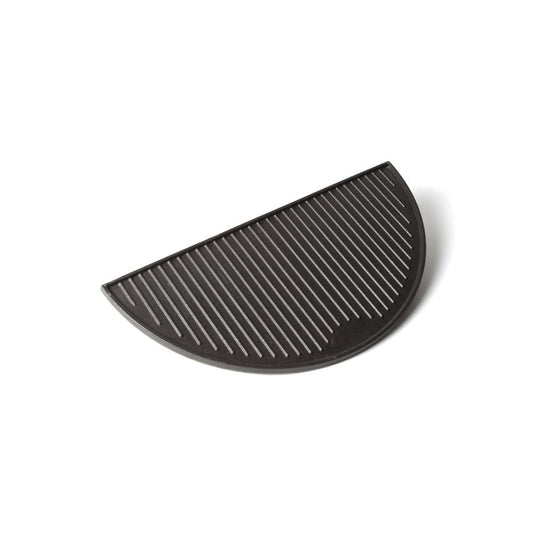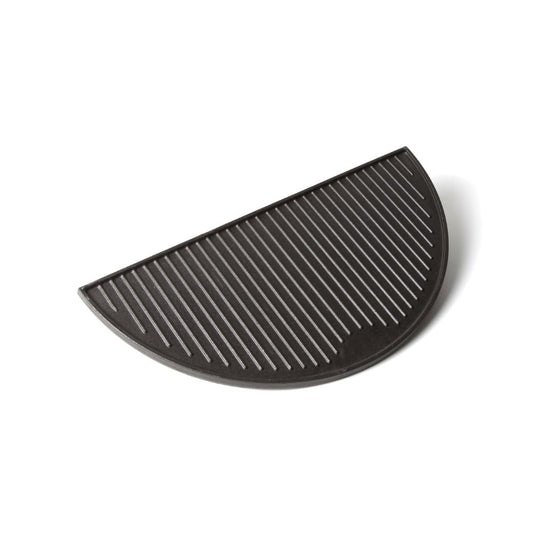Advantages of a cast iron grate
In the world of barbecue accessories, the cast iron grill is a popular choice among grill enthusiasts. Made of sturdy cast iron, this grate is known for its solid performance and durability.
Once the coals have heated up, the cast iron grill comes into its own. With its even heat conduction, it ensures consistent heat distribution, resulting in well-cooked dishes. The distinctive grill stripes add a beautiful aesthetic to the food, but also a hint of flavor.
The cast iron grill can withstand higher temperatures than some other grills, making it suitable for grilling meat and vegetables. It retains its shape and stability even under extreme heat.
As for durability, with proper care the cast iron grill can last for many years. It does require regular maintenance to prevent rust and maintain its performance. Read more information below about how to optimally maintain your cast iron grate.
Treat cast iron accessories
Cast iron is a high-quality material that contributes significantly to the experience with your kamado barbecue. The heat conduction and resistance of cast iron, such as a cast iron grill, results in even heat distribution and those characteristic grill marks on your dishes. Whether it's aboutcast iron panslike theDutch Ovenandskilletsor grate, cast iron accessories can last for many years with appropriate maintenance.
To get the most out of your cast iron, careful treatment is essential. This prevents sticking and simplifies the cleaning process. Even if your cast iron has already been pre-treated, it is advisable to treat it yourself, as the quality of the initial treatment can vary.
Supplies:
- Coconut oil
- Silicone brush
- Oven or kamado
- Dishwashing liquid and dishwashing brush
- Heat-resistant work shelf
- Old tea towel
- Paper towel
- Cast iron product that you want to treat
Steps:
- Preheat the oven or kamado to 170 degrees Celsius.
- Clean the cast iron thoroughly with warm water (only use dishwashing liquid if absolutely necessary) and a brush to remove any residue and pre-treatment. Avoid using steel wool as this can damage the firing layer.
- Rinse the rack, dry it well and then place it in the oven or on the kamado at 170 degrees for 30 minutes to 'bake out'.
- Remove the cast iron from the oven/Kamado, wipe off any excess grease and let it cool for half an hour.
- Use coconut oil and a silicone brush. Apply a little coconut fat to the warm cast iron; the heat will melt the fat and you can spread it easily. Make sure you cover all surfaces well.
- Bake the cast iron again for an hour at 170 degrees Celsius. This ensures that the fat is absorbed properly. If using a Dutch Oven, place the lid on during this time.
- Remove the cast iron from the Kamado/oven, dab off excess fat and let it cool for half an hour.
- Repeat steps 5 and 6 and 7 for a second treatment.
- After the final one-hour 'baking session', wipe off any excess grease and let the cast iron cool for half an hour before using it.
Note: Do not clean the cast iron with water after treatment. Any caked-on residue can be removed by heating or gently wiping. Regular maintenance, such as this treatment every few months, ensures that your cast iron products last a long time.
Don't forget to re-grease your cast iron pan, skillet or grill after using it to prevent rust formation.
Extra caring option
You can also choose to use ourcast iron sprayto use to keep your grill extra clean after every BBQ session. After using your grill, and before the cast iron has completely cooled, spray an even coat of cast iron spray over the cast iron surface. Rub the spray with a lint-free cloth for extra protection and shine. This extra step not only helps maintain the quality of your cast iron grill, but also makes the surface easier to clean for future use.
Have fun grilling!
 Sold out
Sold out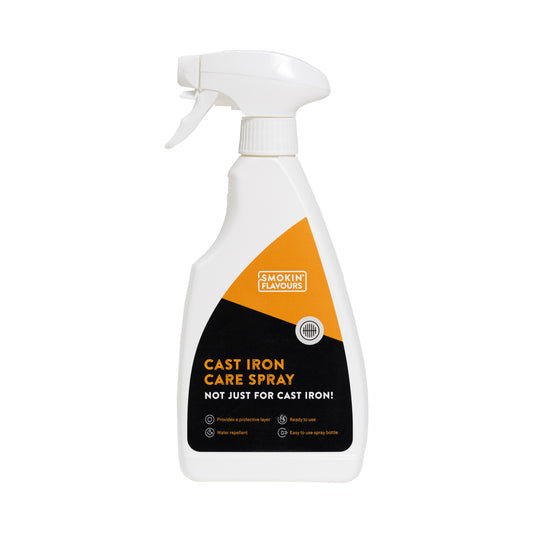 Sold out
Sold out
